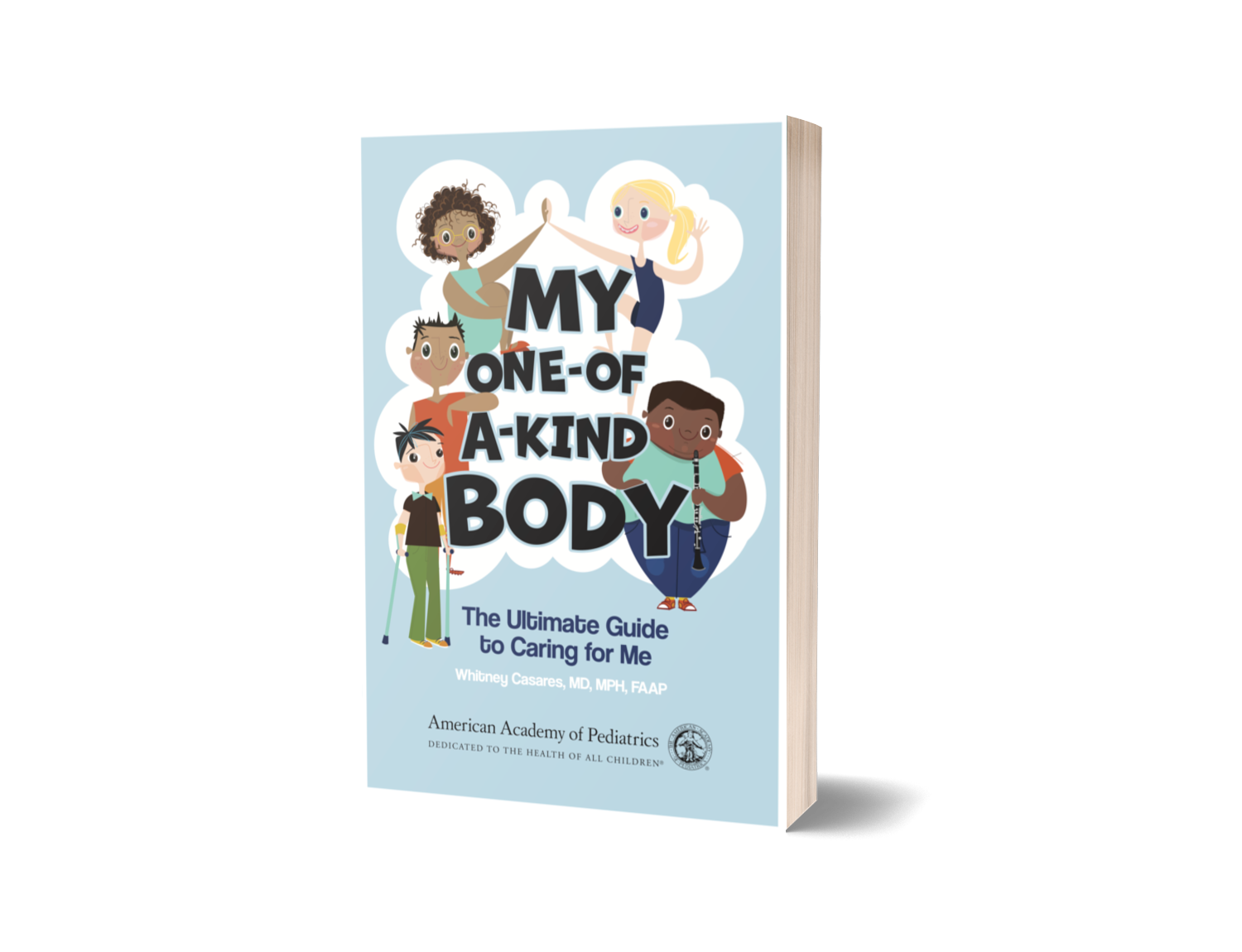Last week, we talked about heading back to work after your maternity leave, including the emotional ups and downs that come with that monumental transition. This week is focused exclusively on lactating moms who want to maximize their ability to pump while at work. It's time to talk about breast pumping.
For those moms who are breastfeeding at home during maternity leave, the transition to breast pumping can be daunting.
Here are my best tips for making breast pumping successful:
1. Go Back to Lactation
Even if you feel like you have the “breastfeeding from your breast” thing down, breast pumping successfully is a whole other ball of wax. When you’re home all day with your baby during maternity leave, your milk supply is often at its best. Once you go to work, and are pumping consistently, that decreased stimulation to your nipples can sometimes affect your milk production. Meeting with a certified lactation specialist can help guide you as you make the transition to more pumping throughout the day.
Yes, social media groups can seem helpful when you start breast pumping, giving you tips and tricks and support that don't come in the pump manual but remember that the members’ advice is usually based only on their personal experiences. Instead, think about returning to a certified lactation specialist to guide you on this next part of your breastfeeding journey. Probably most importantly, the lactation specialist can measure you for the correct phalange size if you haven’t done this already—a critical step for making sure you don’t injure your breasts or nipples in the pumping process and that your pumping sessions are efficient. Set your appointment up for about one month before you go back to your job, if possible.
2. Get a Good Pump
If you’re planning on breast pumping a lot, you’re going to want to invest in good equipment. It is important for the breast pump to be a “double-electric” pump, which means you can pump both breasts at the same time, and it has an electric motor, preferably with an adjustment for different suction levels.
It also needs to work with a breast pump system, which means it’s compatible with bottles for feeding, bottles for storing milk, cleaning supplies, cooler bags, freezer bags, and so on. You want all of this to work seamlessly together so you don’t waste your priceless time jerry rigging a ton of junk together.
One hidden consideration? Your pump needs to have easy-to-find replacement parts. Most of the major brands out there should qualify. If your pump parts are not online or readily accessible at the store, you’ll be frantic when you really need a pump accessory and you can’t find one.
Most importantly—and this is not emphasized enough—you need something that is going to be portable.
When I had my first daughter, I had this huge pump that needed to be plugged into a wall at all times in order to work. I quickly switched over to one that had extreme portability. (Note: for some moms with production issues, the pump efficiency is the most important factor, making other considerations seem frivolous. Follow your pediatrician’s and lactation specialist’s advice.) Whichever setup you choose, most important is that you set it up and have it all sterilized before you have your baby. This is an awesome task to assign to a partner, but you’ll be using it, so make sure you have a working knowledge of the pump yourself.
3. Buy Extra Parts
Have a spare set of pump parts at work, a set in your pump bag, and a set at home. You will forget something important one day and be so happy for the spare. In the same vein, carry a manual pump to use in a pinch. Even more critical, if you have a pump that has to be plugged in, buy a compatible, rechargeable battery pack. Believe me, in the case of a power outage or a lack of power outlets, you will be happy you followed my advice. On the other hand, if you plan at all on traveling with your pump to conferences or for a getaway weekend, it pays to invest in a portable pump that doesn’t require plugging in at all.
4. Do a Trial Run
Before you ever go back to work, consider a half-day breast pumping trial. Have a childcare provider (or a family member) stay with your baby for half the day while you learn how to pump and store your milk. Whatever your set up will be at the office, try to mimic the environment as much as possible. If you’ve arranged for a gradual return to work, this is an ideal way to get your feet wet as you start out. If you’re starting at full speed it’s even more important to try out your pumping gear ahead of time.
5. Start Early Enough to Avoid Bottle Refusal
Slow flow, fast flow, vented, preemie—the possibilities seemed endless on the baby store shelves when moms-to-be are pregnant, trying to pick out bottles, already planning for their return to work postpartum. There’s a lot of information out there on bottle feeding. Unfortunately, though, there are hardly any forewarnings about how to help babies take a bottle once they’re already established exclusive breastfeeders. The lactation specialists I work with frequently see moms heading back to work who never bottle fed at all during maternity leave, or who tried it a few times early on, called it good, but then struggled once they started back on the job.
To reduce the chance of bottle refusal, try bottle feeding early and often, as soon as your baby is one month old (once latch and feeding patterns are well-established).
Not only does it help baby get used to drinking apart from you, it also gives you the opportunity to get small tastes of freedom early on in the “dog days” of infancy when separating yourself from your infant feels magical.
When you do use the bottle, try one of two ways.
First, try mimicking breastfeeding, holding your baby cradled in your arms like she’s nursing—maybe even starting with the breast in her mouth then swiftly swapping your nipple out for a bottle (hopefully) before she notices. If your baby is on to you, looking up with a quizzical look and spitting out the silicone nipple, try for the opposite: hold her facing outward, maybe looking up at a fan or outside at the birds in the sky, and sneak the bottle to her lips while she’s distracted. In this approach, you’re trying to make bottle feeding completely different from breastfeeding.
Don’t be thrown off by a little resistance.
Being at the breast is different from being at the bottle. The rhythmic letdown is different, the feel in the mouth is different. Some babies just will not do it at first. If your child fights the bottle, take a second to breathe before becoming flustered. Most babies who refuse the bottle in the first few days after mom goes back to work get the hang of it relatively quickly (even if it feels like forever to their mothers).
Working and Pumping
Yes, breast pumping while you work is, for most moms who breastfeed, a task that's just no fun but you can make the most of your time with your pump by getting help, getting effective gear, and planning ahead.
Look for our Working Mom Tools blog next week on choosing a childcare option that works for you and your baby!













